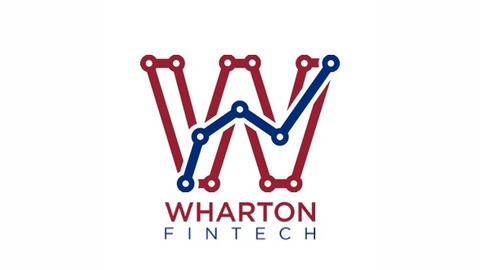Luvleen Sidhu is co-founder, president and chief strategy officer for BankMobile.
Fintechs frequently join forces with financial institutions to strategically scale products and services. These partnerships can create innovation opportunities in traditional finance.
In a What’s Going on in Banking study, 53% of C-level executives at midsize banks and credit unions believed fintech partnerships would be important in 2019. Thanks to advances in machine learning, artificial intelligence and cloud computing, banks can get the help they need to improve their menu of products while creating a frictionless experience for customers. Although these partnerships often make sense, they’re not perfect. Problems may arise from failing to properly follow financial regulations. And rapid movements in tech have yet to be covered by certain regulations.
Discover How Digital Security Will Change How We Innovate in 2020
Many people don’t realize that it’s not just existing data that’s at risk in cybersecurity attacks. Because of the potential long-term consequences, these threats are also dangerous to the success of your business. Learn how digital security helps.Learn more
BankMobile, for example, has built a successful partnership with Upstart to offer personal loans. Upstart’s focus on using artificial intelligence and machine learning to predict a borrower’s creditworthiness has been a game-changer. BankMobile can provide its existing customers with a new offering to help them save money and get out of debt faster. And more than two-thirds of the loans originated through Upstart were entirely automated and approved in real time. Partnering with Upstart has generated positive customer feedback, and the Net Promoter Score (NPS) score thus far for this offering is 82.
To gauge whether a potential fintech is right for your company, start with the following questions:
Does the fintech partner have a positive relationship with the appropriate regulators?
In the U.S., fintechs need to follow federal and state laws. Some regulators support the need for tech companies to have simpler laws so they may innovate quickly. But the fast rise of startups and fintechs means that regulators sometimes play catch-up to cover these innovations in detail.
Partnering with a fintech means having a proper plan to address existing and potential regulatory obstacles. It’s important to find a partner that has a good standing relationship with appropriate regulators.
Ask the partner what kind of infrastructure they have in place to follow these rules. The following questions should be on your radar when navigating through the regulatory space:
- Are there current regulations that apply to the fintech’s specific product or service?
- Do they need to have certain licenses? If so, do they already have these in place?
Don’t leave it up to the partner to do all the heavy lifting, however. Banks have a regulatory obligation to have a vendor management program with oversight over fintech partners. Make sure you either hire someone who is knowledgeable of rules and best practices, or dedicate a team member who can interface with the appropriate regulatory contacts. It’s important that the fintech partner keeps up with the latest regulatory practices as the industry grows and evolves.
Does the fintech partner have a proven approach to combat fraud, particularly for new online-only accounts and identity verification?
According to a Global Identity and Fraud Report from the credit reporting agency Experian, 55% of businesses reported an increase in fraud-related losses over the past year. Specifically, these losses occurred from account opening and account takeover attacks.
Get banking news like this in your inbox daily. Subscribe to Banking Dive: Email:
By signing up you agree to our privacy policy. You can opt out anytime.
It’s crucial to stay ahead of cyberattacks. Find out what measures the partner has in place to combat fraud and how they are keeping customers safe. Ask about the type of investments or infrastructure the partner is using to respond swiftly and effectively to fraud-related issues. Advances in artificial intelligence and machine learning have helped in determining who might be a fraud risk. By looking at multiple aspects of a single person, it’s easier to weed out bad actors. For example, one can look at a variety of factors including the longevity of an email address which, when combined with other data points, could help determine the fraud risk for a potential new customer. It’s much harder to outsmart a highly multidimensional model than a rule-based linear model.
Modern security measures can better authenticate actual customers without slowing down the process. Customers today expect a seamless and fast digital experience when signing up for new financial products and services.
What is the long-term sustainability of the fintech business?
It’s important for a fintech company to have a strong vision for the problem it is trying to solve. But that vision needs to be sustainable with a clear-cut business plan for continued growth.
Investigate the following details to determine long-term sustainability:
- A five-year road map for revenue and funding.
- Demand for the product or service.
- A strategy to scale and continue to test and reiterate.
- A plan for dealing with regulatory hurdles.
- How the company stacks up against the competition.
- Market opportunity and how that may change in the future.
Final words
Partnering with a fintech can help you provide the best service to customers. Whether it’s through integrations, plug-and-play or other financial planning mechanisms, banks are able to bring a modern digital customer experience to the forefront. Asking these questions early in the vetting process can help ensure a successful partnership and long-term sustainability.








